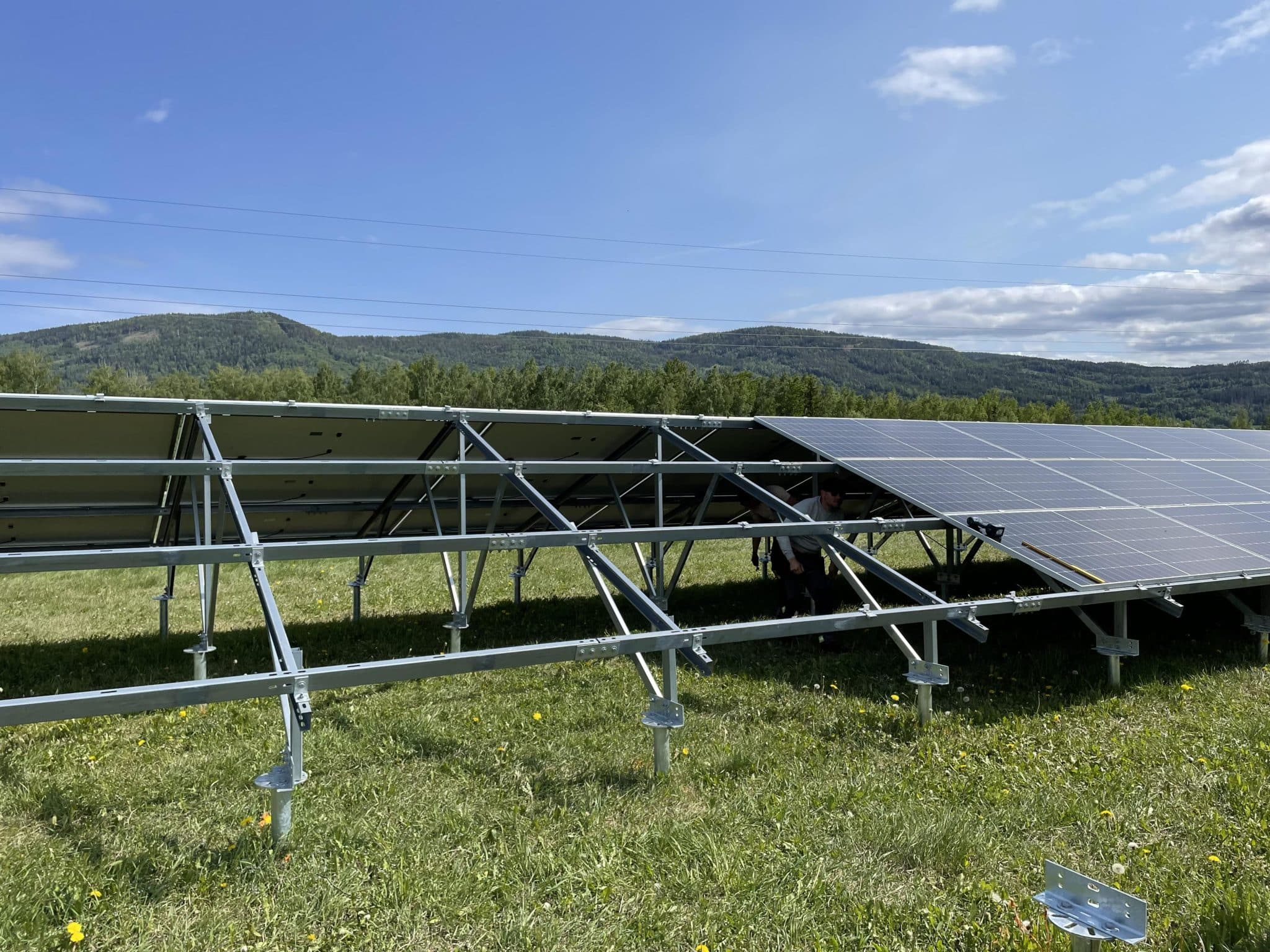While the proposed guidelines do not introduce a direct ban, they do require stronger justifications for approving new development areas, including new cabin zones.

Navigating the Norwegian Real Estate Landscape in 2025
As we enter a new and exciting year in the Norwegian real estate sector, it’s crucial for property developers to stay informed about the evolving regulatory framework. Here, we summarize key issues that real estate stakeholders should be aware of in 2025.



